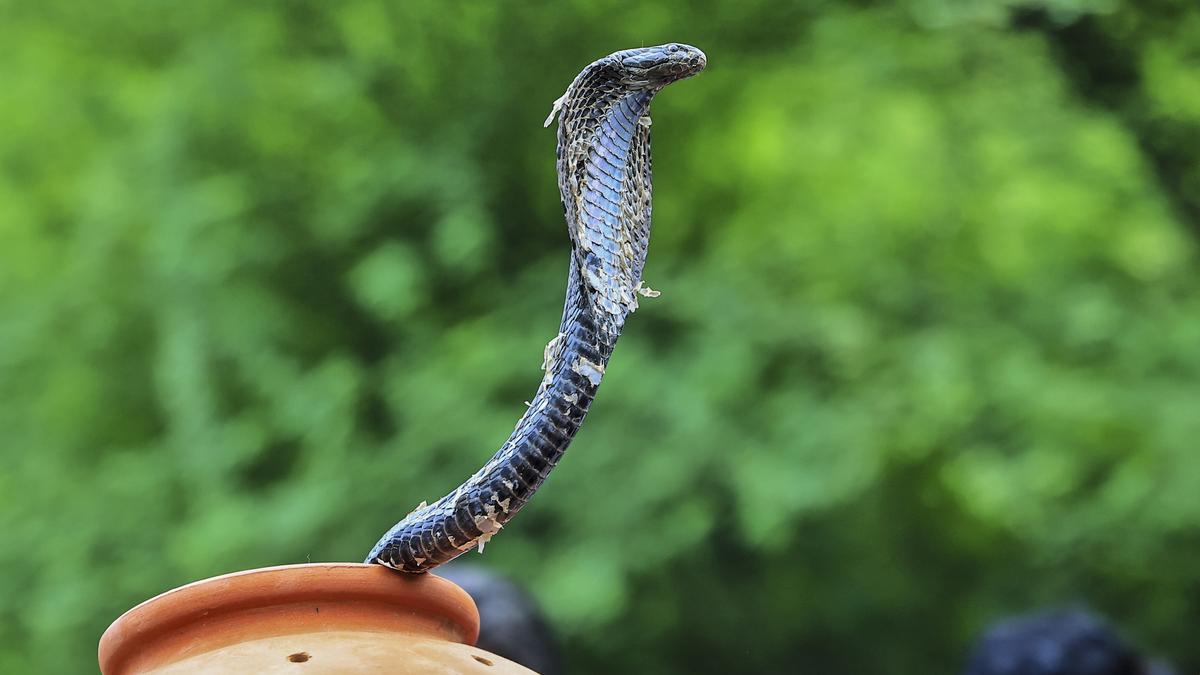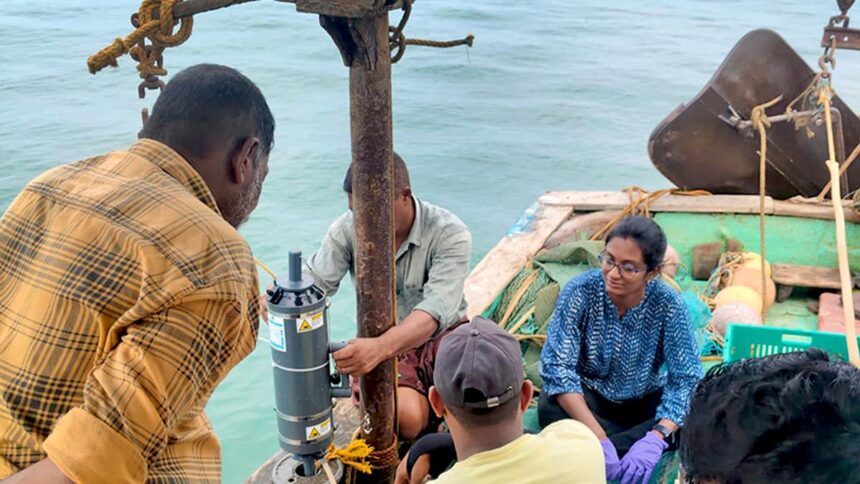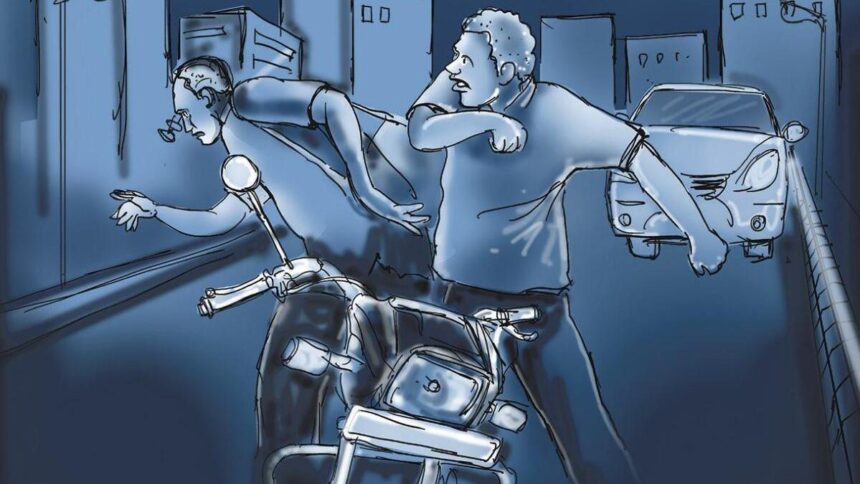
In November 2024, the Centre had issued a directive to all States under the National Action Plan for Prevention and Control of Snakebite Envenoming from India by 2030
| Photo Credit: PTI
Eight months after the Union Ministry of Health and Family Welfare directed all States to classify snakebite envenomation as a notifiable disease, the Kerala government is yet to implement the required measures.
The delay, experts warn, could seriously undermine the State’s ambitious goal of eliminating snakebite fatalities within the next five years.

In November 2024, the Centre had issued a directive to all States under the National Action Plan for Prevention and Control of Snakebite Envenoming from India by 2030 (NAPSE). Emphasising the need for a robust surveillance system, the plan highlighted mandatory notification of snakebite cases as crucial for accurately tracking incidents, evaluating interventions and identifying high-risk areas.
While several States, including Tamil Nadu, Karnataka and Odisha, have already acted on the directive, Kerala is still in the process of navigating bureaucratic hurdles.
According to official sources in the Kerala Health department, a proposal to declare snakebites as a notifiable disease under the Kerala Public Health Act was submitted months ago, but has yet to receive final clearance from the Law department.
Officials in the Forest department said this delay is impeding crucial mitigation strategies, particularly the identification of snakebite hotspots and the distribution of life-saving anti-snake venom (ASV).
“A heat map was prepared based on 34 snakebite deaths reported during 2024–25. But mapping hotspots solely using death locations is neither scientific nor foolproof,” a Forest department official said.
He added: “To anticipate snakebite patterns and respond effectively, we need data on all bite cases, not just fatalities. That requires a centralised reporting mechanism that only a notifiable status can enforce.”
Reliable data is also crucial to ensure adequate ASV supply in health centres and regularly review preparedness. Seasonal and species variations must also be accounted for in planning, the official noted, pointing to snakebite trends that typically peak from September to December during the snake breeding season.
Assistant Conservator of Forests and SARPA (Snake Awareness Rescue and Protection App) State nodal officer T. Mohammed Anwar pointed out that Kerala records around 30 snakebite deaths annually, with an estimated 3,000 to 4,000 envenomation cases every year.
“Snakebite is responsible for the majority of wildlife-related human casualties in the State. Notably, all four of the ‘Big Four’ venomous snakes, viz., the Indian cobra, Russell’s viper, common krait and Indian saw-scaled viper, are present in Kerala,” he said.
The SARPA app, launched in August 2020, has logged over 58000 snake sightings and rescues, considerably bringing down snakebite deaths from 123 in 2018-19 to 34 in 2024-25.
But without integration with a State-level surveillance system that mandates reporting of bite cases, its potential remains underutilised, officials lament.
Published – July 22, 2025 01:50 pm IST






















